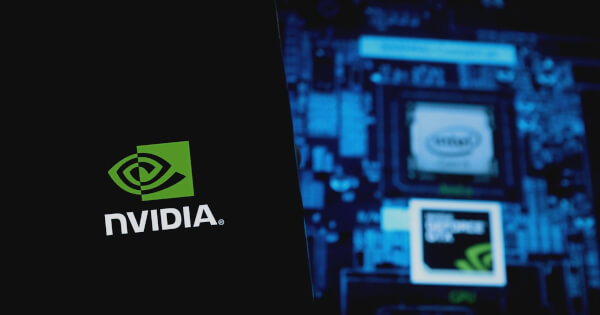Luisa Crawford
Aug 16, 2024 11:33
NVIDIA NIM microservices optimize throughput and latency for large language models, improving efficiency and user experience for AI applications.
As large language models (LLMs) continue to evolve at an unprecedented pace, enterprises are increasingly focused on building generative AI-powered applications that maximize throughput and minimize latency, according to the NVIDIA Technical Blog. These optimizations are crucial for lowering operational costs and delivering superior user experiences.
Key Metrics for Measuring Cost Efficiency
When a user sends a request to an LLM, the system processes this request and generates a response by outputting a series of tokens. Multiple requests are often handled simultaneously to minimize wait times. Throughput measures the number of successful operations per unit of time, such as tokens per second, which is critical for determining how well enterprises can handle user requests concurrently.
Latency, measured by time to first token (TTFT) and inter-token latency (ITL), indicates the delay before or between data transfers. Lower latency ensures a smooth user experience and efficient system performance. TTFT measures the time it takes for the model to generate the first token after receiving a request, while ITL refers to the interval between generating consecutive tokens.
Balancing Throughput and Latency
Enterprises must balance throughput and latency based on the number of concurrent requests and the latency budget, which is the acceptable amount of delay for an end user. Increasing the number of concurrent requests can enhance throughput but may also raise latency for individual requests. Conversely, maintaining a set latency budget can maximize throughput by optimizing the number of concurrent requests.
As the number of concurrent requests rises, enterprises can deploy more GPUs to sustain throughput and user experience. For instance, a chatbot handling a surge in shopping requests during peak times would require several GPUs to maintain optimal performance.
How NVIDIA NIM Optimizes Throughput and Latency
NVIDIA NIM microservices offer a solution to maintain high throughput and low latency. NIM optimizes performance through techniques such as runtime refinement, intelligent model representation, and tailored throughput and latency profiles. NVIDIA TensorRT-LLM further enhances model performance by adjusting parameters like GPU count and batch size.
NIM, part of the NVIDIA AI Enterprise suite, undergoes extensive tuning to ensure high performance for each model. Techniques like Tensor Parallelism and in-flight batching process multiple requests in parallel, maximizing GPU utilization and boosting throughput while reducing latency.
NVIDIA NIM Performance
Using NIM, enterprises have reported significant improvements in throughput and latency. For example, the NVIDIA Llama 3.1 8B Instruct NIM achieved a 2.5x increase in throughput, a 4x faster TTFT, and a 2.2x faster ITL compared to the best open-source alternatives. A live demo showed that NIM On produced outputs 2.4x faster than NIM Off, demonstrating the efficiency gains provided by NIM’s optimized techniques.
NVIDIA NIM sets a new standard in enterprise AI, offering unmatched performance, ease of use, and cost efficiency. Enterprises looking to enhance customer service, streamline operations, or innovate within their industries can benefit from NIM’s robust, scalable, and secure solutions.
Image source: Shutterstock









